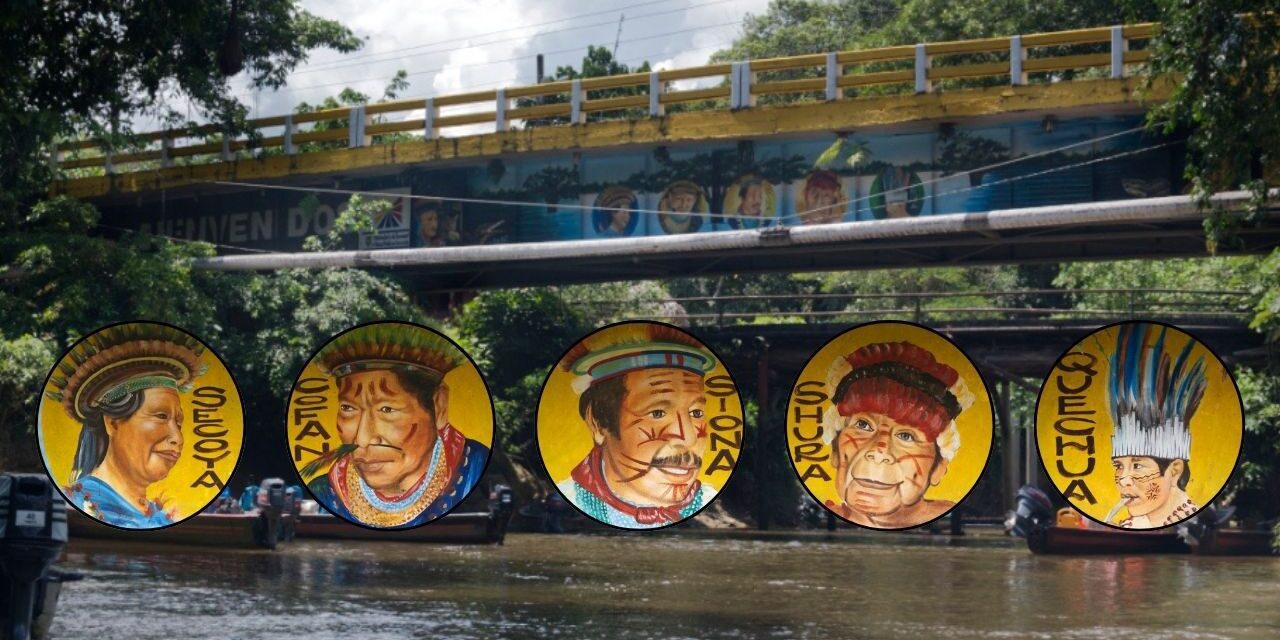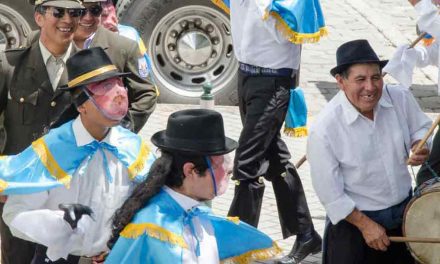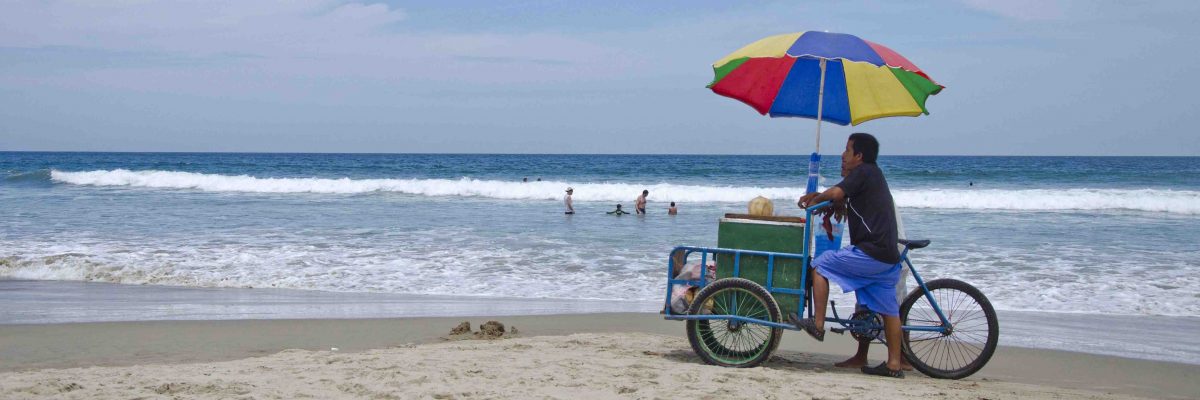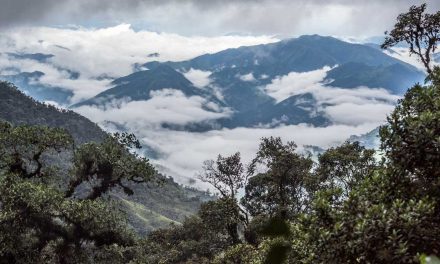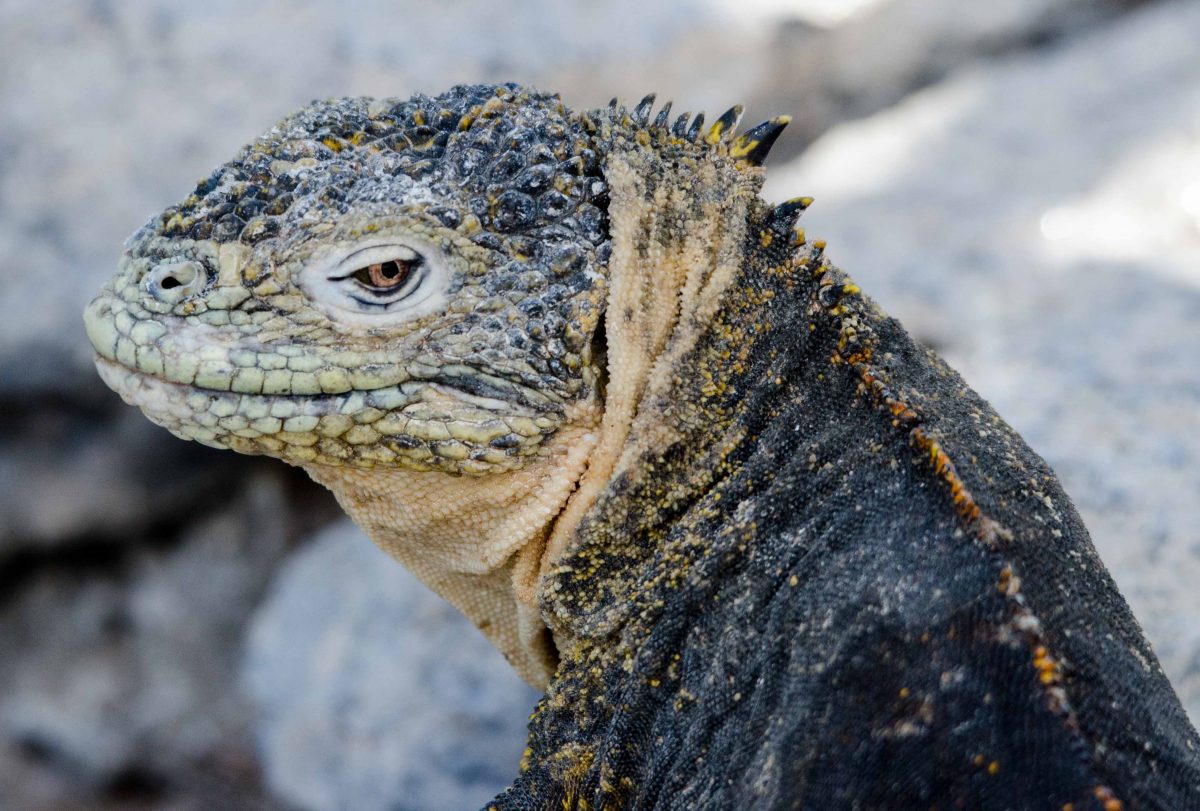First published on May 30, 2024 • Last updated on May 30, 2024
This page may contain affiliate links; if you purchase through them,
we may receive a small commission at no extra cost to you.
Visiting tourism projects in the Cuyabeno Wildlife Reserve that are owned and operated by Indigenous communities should not be complicated. Yet many lodges and agencies claim their tours benefit indigenous residents of the area. It isn’t always so simple.
Before booking a tour, we want you to know what questions to ask. But that first means knowing a little more about the five Indigenous nations that call the Cuyabeno home: Secoya, Cofán, Siona, Shuar, and Kichwa.
In Ecuador, Nations or Communities, not Tribes
Let’s talk vocabulary. Nation, community, group, or tribe?
In Ecuador, groups of Indigenous peoples are never referred to as tribes. According to the National Improvement Plan of 2017-2021, there are 14 nationalities and 18 peoples (pueblos). Each of these are divided into communities. Therefore, acceptable terms to use are Nation, peoples, and community.
Who Lives in the Cuyabeno Wildlife Reserve?
Unlike many national parks, the Cuyabeno Wildlife Reserve is home to people as well as wildlife. After its founding in the late 1970s, the Cuyabeno experienced a population growth that is still having an impact today.
Some of these residents have ancient ties to the land. Others are more recent inhabitants, including some Indigenous peoples. Land ownership has been complicated (or not, depending on your point of view) by government treaty.
The Siona and the Secoya
In the earliest chronicles that we have, from Spanish conquistadors, we know that people did inhabit the forests along the Rio Aguarico. Today, it is believed these original inhabitants are the ancestors of the Siona and the Secoya.


The Siona originally lived in the northern part of the Cuyabeno, along the current border between Ecuador and Colombia. The Secoya, on the other hand, lived along the Napo River in the northern part of Peru, moving into Ecuador to escape the rubber trade in the 1940’s.
Today, the Siona and Secoya are often found in the same communities in the Cuyabeno Wildlife Reserve. Both nations are very small and their families are intertwined. Many work in tourism, providing services to the multitude of lodges located along the upper Cuyabeno. As of this writing, I cannot find any lodge that is owned or operated by the Siona or Secoya Nations though many tour operators have leasing agreements with Siona or Secoya families.
If you would like to read more about the Siona-Secoya, I recommend visiting this article on Encyclopedia.com.
The Cofán
The Cofán have a long history of living in the upper portions of the Aguarico and San Miguel Rivers in territory that crosses the border between Ecuador and Colombia.

In the 1970s, a group of Cofán migrated south along the Rio Aguarico to create a new home near the mouth of the Zabalo River, a black water stream that also gives its name to the community.
Many community members have long worked in tourism, starting as simple boatmen for early expeditions and becoming tour guides in their own right. Today, the community hosts visitors in cabins and camping sites, managing their tourism products though often selling to tour operators alongside their direct sales.
If you would like to learn more about the modern-day Cofán, check out this article by Michael Cepek.
The Kichwa
The Amazonian Kichwa likely migrated to the region after the arrival of the Inca in the Andes in the 15th century. Some believe that as European colonists arrived, many Andean Kichwa fled to the Amazon to escape enslavement.

War, marriage, migration, and informal alliances with Amazonian tribes resulted in a new and large indigenous nation that is today broken up into many small communities. The use of a common language with roots in Andean Kichwa is a strong tie that binds modern Amazonian Kichwa communities.
The Kichwa arrived to the Aguarico River basin in the early 1900’s, migrating from the Napo River area. Today, they live in two distinct areas, Playas de Cuyabeno and Zancudo Cocha.
Playas de Cuyabeno is a millennial city, built a decade ago by the Correa administration. The investment into homes, a school, a water treatment plant, and other infrastructure was mean to provide a concrete example of how oil profits could improve the lives of the poor. There are mixed feelings a decade later about the impact of the program. Many Kichwa prefer to live in more rural areas of the National Park, along the rivers’s edge, where they can farm cacao, plant and harvest balsa, and grow food for their families.
Much further east, in Zancudo Cocha, the Kichwa community also works in tourism. More on this below. To learn more about the history and culture of the Kichwa of Zancudo Cocha, you can download a Spanish language article here.
The Shuar
The Shuar have lived in the Amazon since before memories were recorded on paper. Their traditional territory has been along the modern-day border of Peru and Ecuador, including the provinces of Zamora Chinchipe, Morona Santiago and southern Pastaza.

Because of the intense pressure of colonization, the process of mestizo families moving into traditionally Indigenous territory, many Shuar chose to leave their land and make homes in new locations, including where the Cuyabeno Wildlife Reserve borders Peru. This mobility was once common among most Amazon people and has fractured nations like the Shuar into communities that often struggle to maintain their cultural identity.
Currently, I am not able to find any tourism products offered by Shuar living in the Cuyabeno Wildlife Reserve. Nor can I find any lodges or tourism operators hiring or working alongside Shuar communities.
If you would like to read more about the Shuar, I recommend this article at the Harvard Review.
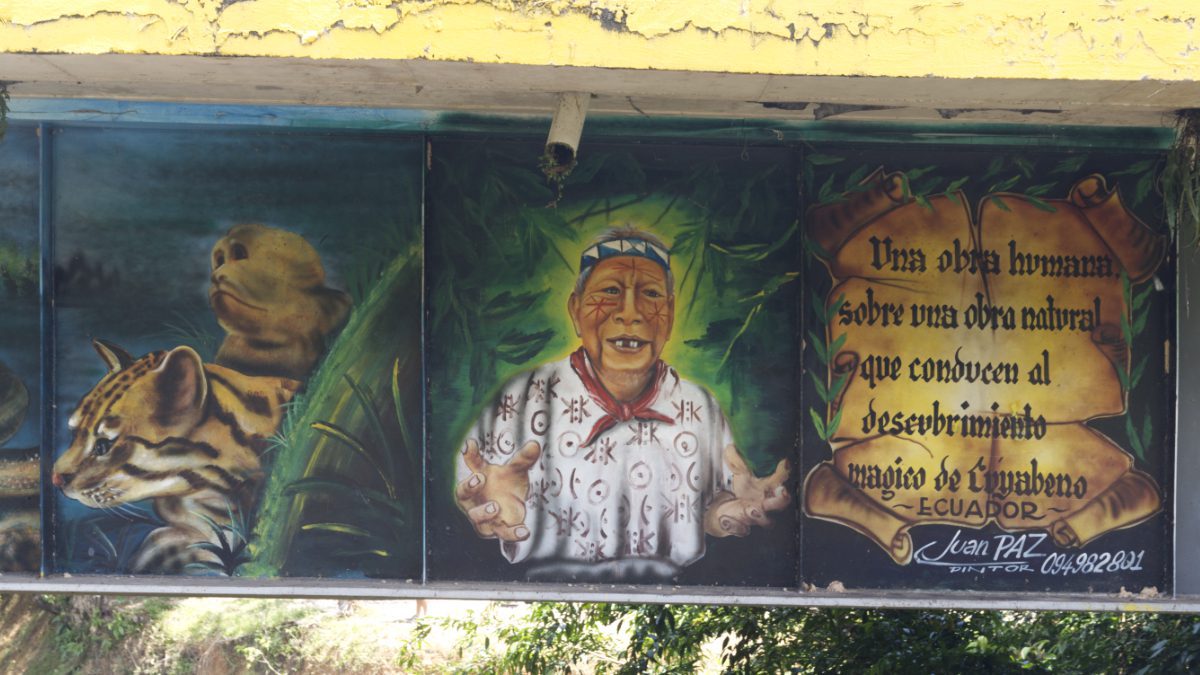
Questions to Ask Your Tour Operator About Indigenous Communities
You may wonder how all this information applies to your tour. The best way to know whether Indigenous communities are actively involved with your tour is to ask your tour provider a few questions before you book. Here are some questions to get you started:
- Is your company Indigenous-owned or operated?
- How does your company work with Indigenous residents?
- What percentage of your staff come from local Indigenous communities?
- Is a portion of your tour revenue allocated to support Indigenous communities?
- Are Indigenous community members involved in the creation of your tours?
- How do you gather feedback from Indigenous communities regarding your tours and their impact?
- What measures do you take to address any concerns or suggestions provided by these communities?
- Can you share any success stories of your company’s involvement with local Indigenous communities?
If more of us start asking these questions before we book, tour operators will begin to understand the importance of creating healthy and appropriate relationships with local Indigenous communities. We tourists are an important part of this equation.

